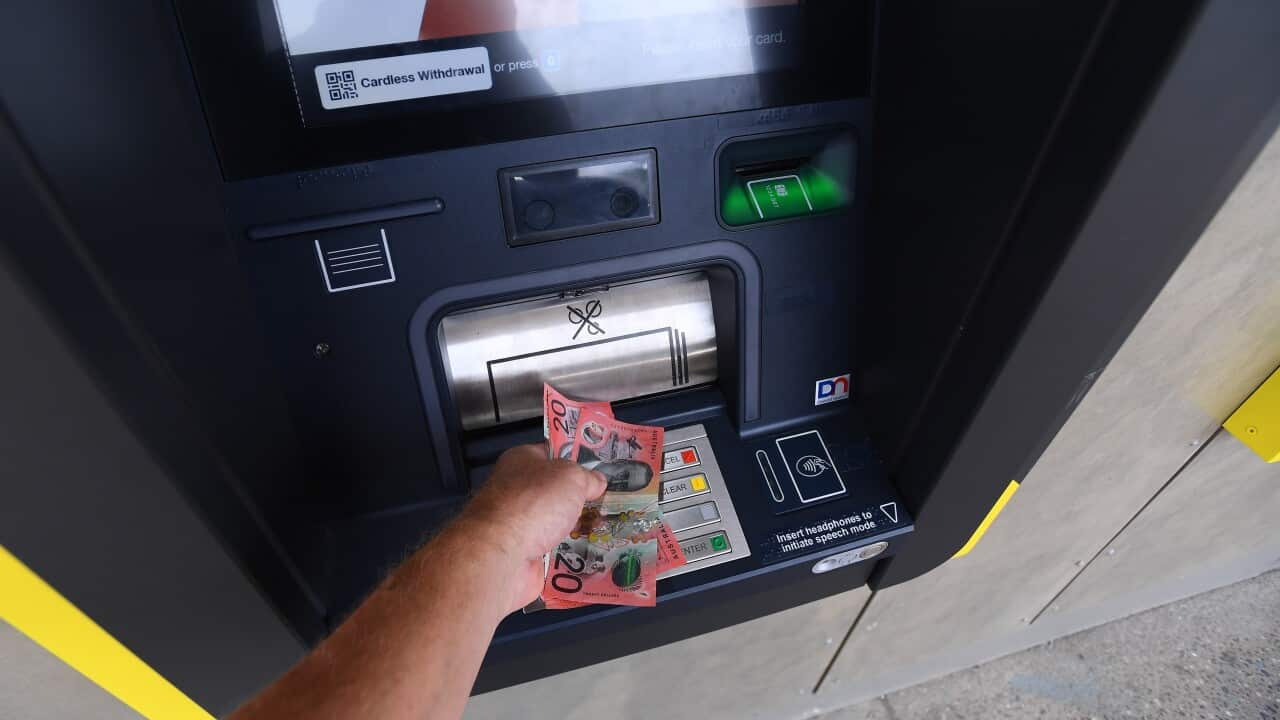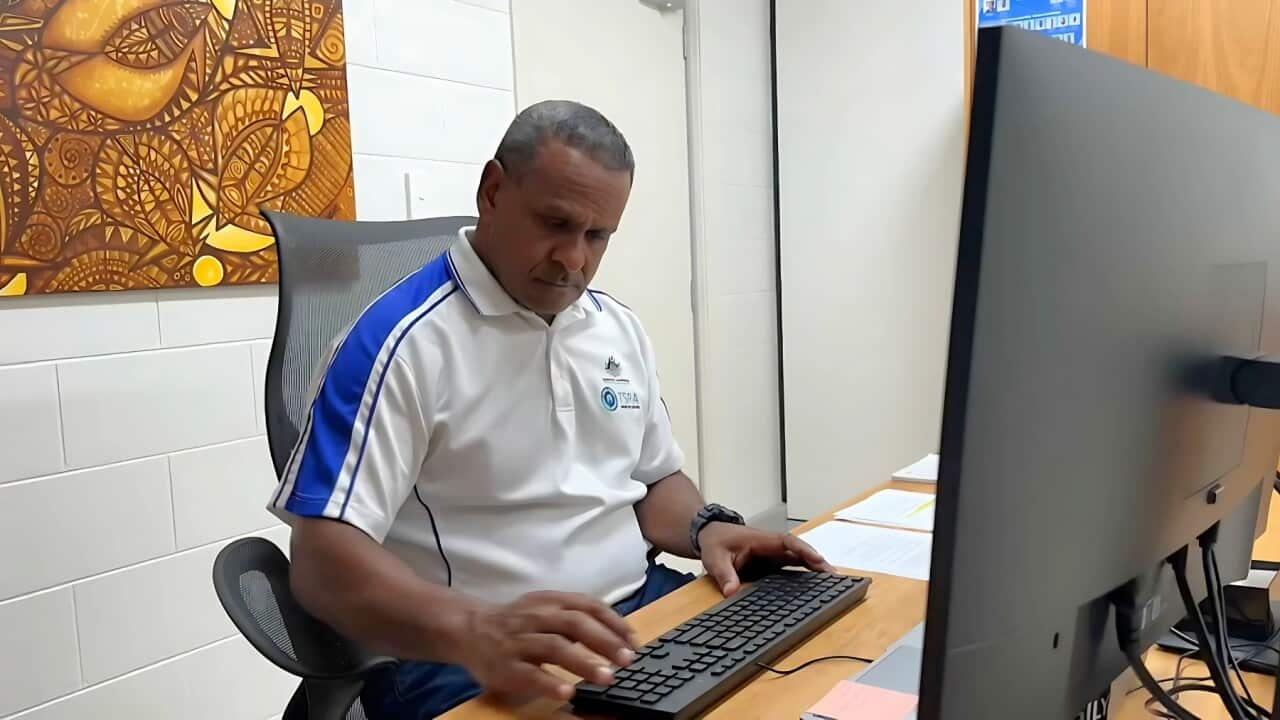TRANSCRIPT
In the Mid-West region of Western Australia, the Carnamah post office has proudly served the community since 1932.
These days, it also acts as the local bank after the town's last remaining bank branch closed two years ago.
Rob Paull is the CEO of the Shire of Carnamah, he says the closest bank branch is now 120 kilometres away.
"If you wish to take, or your circumstances are you need to take a bus, you'll need to stay overnight and then come back a day or two later. So effectively if you haven't got a vehicle of your own, and you haven't got someone to take you, you're pretty much stuck in having a banking service. There is no banking service available for people who haven't got a vehicle of their own."
Now the federal treasurer, Jim Chalmers, says the government is acting to prevent other regional towns from facing a similar fate.
"Banks have a responsibility to regional Australia and we're making sure that they're meeting their responsibilities. This is all about making sure banks stay open in the bush."
The major banks have committed to keeping regional branches open until July 2027.
NAB has agreed to a new moratorium, while the Commonwealth Bank of Australia and Westpac have agreed to extend existing arrangements.
ANZ already had conditions imposed on it after the bank acquired Suncorp last year.
The CEO of the Australian Banking Association, Anna Bligh, says the banking sector is transforming at an unprecedented rate.
"I'm very confident that the moratorium will effectively give us that breathing space to look at the things that Australia is good at, finding innovative ways to service very remote locations."
Australia Post has also announced it's negotiating agreements with banks to make sure in person services continue at post offices - known as Bank At Post ((Bank@Post)).
CBA, NAB and Westpac have now reached in-principle agreements; ANZ has agreed on key terms, while Macquarie and HSBC say they will start negotiations.
Australia Post CEO Paul Graham says those agreements will continue to help communities where bank branches have already closed.
"Bank@Post is focused and targeted primarily at those people who are not digital natives or indeed have vulnerabilities or in many cases come from backgrounds where English is not their first language and they want and need that over the counter service."
Since 2017, 36 per cent of regional bank branches have closed.
The banking association says fewer people are visiting branches as customers switch to digital channels.
But Mr Paull says the banks aren't doing enough to ensure regional communities are ready for a digital transition.
"The banks have effectively left the communities of Western Australia in particular, the rural communities, and the regional communities, they've just abandoned most towns and it appears that they've decided to halt that or pause that for a period but effectively, they've probably closed as many as they need to right now and it's a period of grace really before they decide to close them all."
Equity Analyst Nathan Zaia agrees the announcements aren't as big as the banks might make out.
"I don't think this is a major big deal for any of the banks really ... the cost to the banks is relatively small operating the branches in the context of their overall operating expenses."
Which leaves the government to continue navigating the challenge of making sure no one gets left behind as banking goes digital.













